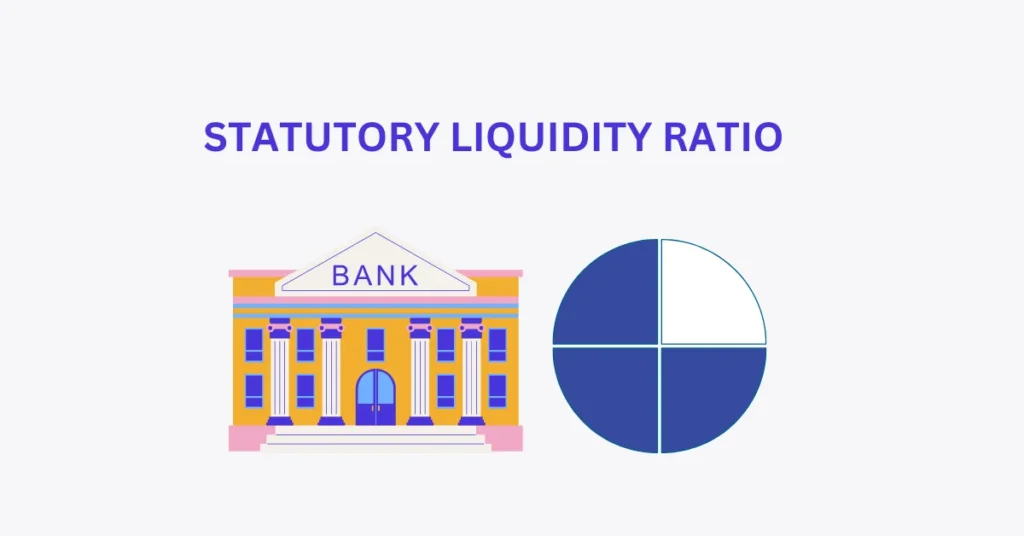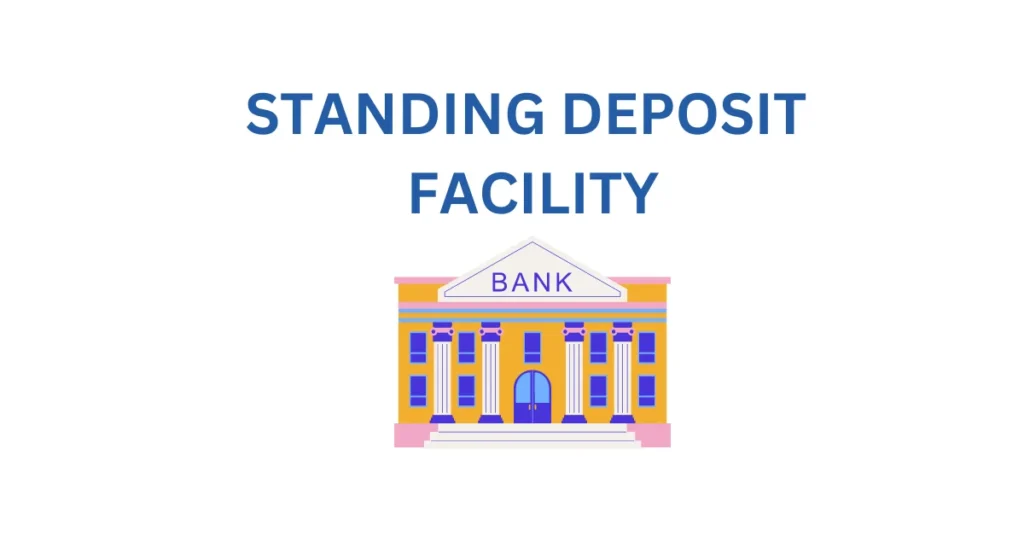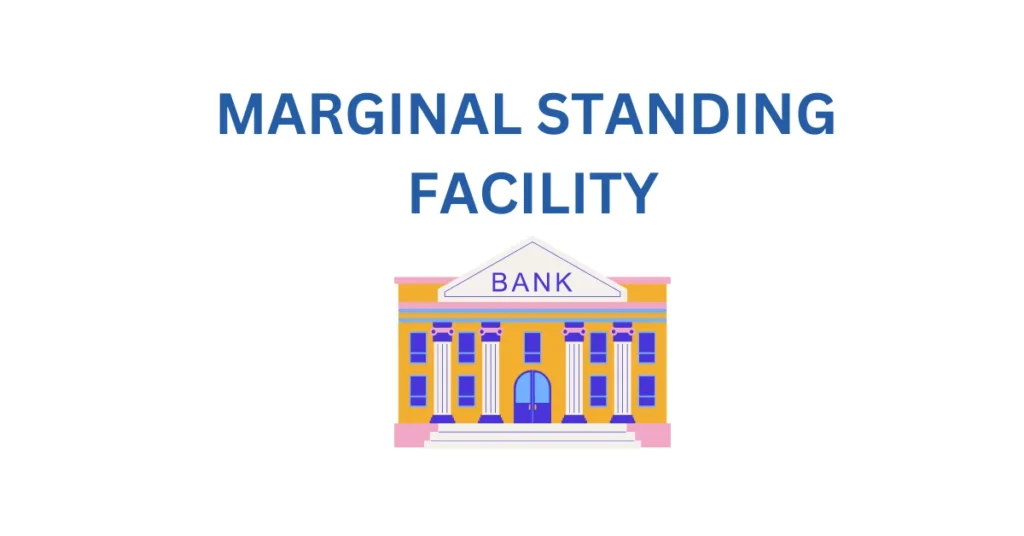When a manager joins a bank branch, it’s crucial to conduct a thorough check of various aspects to ensure a smooth transition and maintain operational integrity.
This article provide the information about the essential steps a new manager should take when assuming control of a bank branch.
All banks have a circular detailing the charge-taking process, and it’s important for the manager to read and follow it meticulously.
1. Cash Balance at the Branch
The first and foremost duty is to verify the cash balance at the branch. The physical cash should match the system cash. The manager should also familiarize themselves with the branch’s cash retention limit.
Verify that the physical cash balance matches the system balance. Understand the branch’s cash retention limit to ensure proper cash management and compliance with banking regulations.
2. ATM Cash Balances
Check the physical cash in the ATM and ensure it matches the system ATM cash balance. Obtain an ATM tally certificate from the concerned officer.
Ensure the physical ATM cash matches the system balance. Obtain a tally certificate from the responsible officer to confirm accuracy and proper cash handling.
3. Checking the Gold Loans
Verify the gross and net weight of gold for gold loans. Ensure loans are sanctioned based on the current market value of the gold. Properly record any variations. Immediate action should be taken for loans older than 18 months.
Check the gross and net weights of gold used as collateral for loans, ensuring accuracy and compliance with current market values. Address discrepancies and review loans older than 18 months.
4. Keys of the Branch
Ensure all keys of the branch are available, including those for the strong room, ATM, cash safe, and main gate.
Confirm that all branch keys, including those for the strong room, ATM, cash safe, and main gate, are accounted for and secure.
5. Second Set of Keys
Check the sealed cover of second set of keys available in another nearby branch. Report any discrepancies.
Verify that the sealed cover containing second set of keys stored in a nearby branch is intact and report any issues found.
6. Trial Balance
Print a trial balance report to get a clear picture of the branch’s business. This report provides insight into the types of loans and deposits at the branch.
Generate and review the trial balance report to understand the branch’s financial status, including loan types and deposit levels.
7. KYC Compliance
Generate a report of non-KYC accounts and take necessary actions to ensure compliance.
Obtain a report on non-KYC accounts and initiate corrective measures to ensure all accounts meet KYC compliance standards.
8. Security Items
Verify the security items like cheque books, demand drafts, and fixed deposit receipts against the system report.
Check that security items such as cheque books, demand drafts, and fixed deposit receipts match the system records for accuracy.
9. Furniture and Fixtures
Check all the furniture and fixtures of the branch against the inventory register.
Ensure all branch furniture and fixtures are listed correctly in the inventory register and are in good condition.
10. Loan Inward Register
Review the loan inward register to ensure all loan applications, including the date, borrower’s name, sanction amount, and status, are properly recorded.
Examine the loan inward register for accurate records of loan applications, including details such as dates, borrower names, amounts, and statuses.
11. Loan Documents
Ensure all loan documents are available and match the system records.
Verify the availability and accuracy of all loan documents, ensuring they align with system records.
12. MDP Register
Verify that all loans are sanctioned within the Manager’s Discretionary Power.
Check that all loans are approved within the manager’s discretionary power limits as recorded in the MDP register.
13. Security Norms
Ensure all loans are sanctioned following the bank’s security norms. Report any deviations.
Confirm that all loans adhere to the bank’s security norms and report any deviations found.
14. Expired Loan Documents
Check the validity of loan documents. Report and take action on expired documents.
Review loan documents for expiration dates, reporting and addressing any expired documents before taking charge.
15. Inspection Report
Review the inspection reports and ensure all queries are addressed. Report any unresolved issues.
Examine past inspection reports, ensuring all queries have been resolved. Report and address any outstanding issues.
16. Tax Challans
Verify that all tax payments are made to the income tax department.
Ensure all required tax payments have been made and documented accurately with the income tax department.
17. Branch Security Items
Check the status and functionality of CCTV, burglar alarm, and fire equipment. Verify the expiry dates of fire equipment.
Inspect branch security items like CCTV, burglar alarms, and fire equipment for proper functionality and update expired items.
18. SARFAESI Accounts
Check the status of SARFAESI-initiated accounts and report accordingly.
Review the status of accounts under SARFAESI Act proceedings and report their current status and required actions.
19. CGTMSE
Review loans sanctioned under CGTMSE and ensure necessary follow-ups are done.
Check loans granted under the CGTMSE scheme, ensuring proper follow-ups and compliance with scheme guidelines.
20. CIBIL Reports
Ensure a CIBIL report was taken before sanctioning any loan.
Verify that CIBIL reports were obtained and reviewed before approving any loans to assess the creditworthiness of borrowers.
21. Complaints Register
Review the complaints register and check the status of any pending complaints. Report unresolved issues.
Examine the complaints register for unresolved issues and take necessary actions to address them.
22. Insurance Register
Ensure all eligible loan accounts are covered by insurance. Report any accounts that are not covered.
Check that all eligible loan accounts have appropriate insurance coverage and report any gaps found.
23. Office Order Register
Check the office order register to know the duties allocated to each staff member.
Review the office order register to understand staff duties and responsibilities.
24. Nomination Register
Verify that the nomination register is properly updated.
Ensure the nomination register is accurate and up-to-date with all necessary details.
25. Inventory Register
Ensure the inventory register tallies with the system balance.
Check the inventory register to confirm it matches the system balance and physical inventory.
26. Form 15G, 15H, and Form 60, 61
Check that these forms are properly maintained.
Ensure forms 15G, 15H, and 60/61 are accurately filled and maintained for compliance purposes.
27. Pending Loan Proposals
Take early action on pending loan proposals.
Review and expedite the processing of pending loan proposals to avoid delays.
28. Suit Filed Cases
Review all suit filed cases in various courts and DRTs for the recovery of dues. Take appropriate action.
Examine cases filed for recovery in courts and DRTs, ensuring proper follow-up and legal action.
29. Returned Cheques
Ensure returned cheques are delivered to the respective parties with the return memo.
Check that all returned cheques are promptly delivered to the relevant parties along with return memos.
30. Unit Inspection
Conduct random unit inspections of a few sanctioned loans.
Perform random inspections of loan units to ensure compliance and proper utilization of funds.
31. ATM Cards and PIN Mailers
Verify the ATM register.
Check the ATM register for accurate records of issued cards and PIN mailers.
32. Staff Leave Details
Ensure all staff leave details are properly recorded.
Confirm that staff leave details are accurately recorded and up-to-date.
33. Locker Register
Check that locker rents are collected and recorded.
Verify that locker rents are duly collected and accurately recorded in the locker register.
34. Computer Hardware
Inspect computers, printers, UPS, modem, and router. Update warranties and annual maintenance contracts.
Check the condition and functionality of computer hardware and ensure all warranties and maintenance contracts are current.
35. Computer Software
Check for the availability of software CDs and ensure they are up-to-date.
Ensure all necessary software CDs are available and up-to-date for smooth branch operations.
36. Death Claims Register
Verify that death claims are processed according to circular guidelines.
Review the death claims register to ensure all claims are processed as per bank guidelines.
37. NPA Register
Check the Non-Performing Accounts (NPA) register and initiate recovery actions.
Examine the NPA register and take necessary steps to recover dues from non-performing accounts.
38. Login Details and Passwords
Take possession of all login IDs and passwords.
Secure all login IDs and passwords to maintain control over branch systems and data.
39. Statements Submitted to Controlling Office
Ensure all required statements are submitted to the controlling office and confirm their approval.
Verify that all necessary statements have been submitted to the controlling office and approvals are obtained.
40. Pending Correspondence
Address any pending correspondence.
Review and address all pending correspondence to ensure no communication backlog.
Conclusion
Taking charge of a bank branch is a difficult process that requires lots of attention to check in detail. Above these steps ensures a smooth transition, maintains operational integrity, and sets a solid foundation for the branch’s continued success.
This article provides a thorough checklist for new managers, enabling them to take control effectively and ensure the branch operates efficiently.







